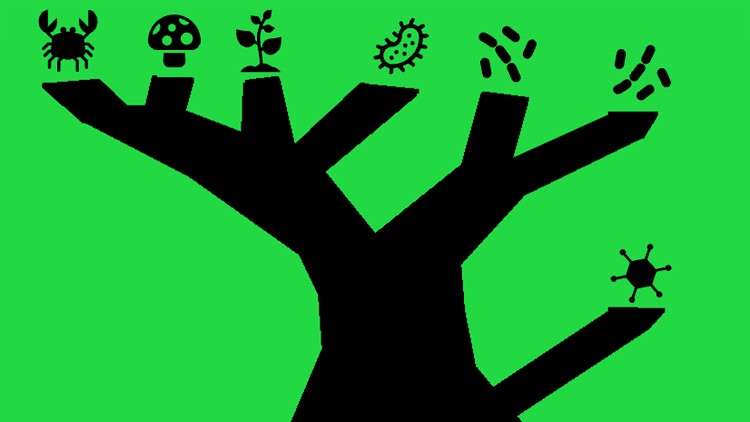
animals, plants, fungi, protists, bacteria, archaea, and viruses
What you will learn
Discover the diversity of prokaryotes, eukaryotes, and viruses.
Recognize the major groups of living organisms.
Learn about fascinating minor groups that an introductory course may skip over.
Approach the limits of our understanding of the living world.
Description
Hello and welcome to An Overview of the Taxonomy of Life, where I will attempt to cover the scope of all living things in a few short sessions. I cover eight major groups, from animals to viruses.
After the introduction, the second session comes out of the gate to describe the eukaryotes, starting with everyone’s favorite macroscopic group, the animals, also known as metazoans. The third session follows up with the heterotrophic fungi, which, despite their superficial similarity, are more closely related to animals than plants. Session four introduces plants and other photosynthesizing eukaryotes under the general umbrella of ‘algae’. Session five wraps up the eukaryotes with the protists, or more accurately, every eukaryote that isn’t an animal, fungus, or plant. This also includes the closest relatives to animals and fungi.
Session six moves over to the other major branch of life, the prokaryotes. Taking center stage is bacteria, with several major phyla, a bunch of minor phyla, and a whole slew of poorly described phyla (aka ‘dark matter’). Session seven turns to the archaea, prokaryotes that not only are more closely related to eukaryotes than bacteria, but may also have given rise to the eukaryotes in the deep past. Session eight ends with a controversial choice to include the taxonomy of viruses, in all their six-realm, quasi-living mystery.
Throughout the sessions, for the sake of brevity, I stick to higher groupings—phylum level and above—in almost every circumstance. This course just scratches the surface of the surface, with surprises available in every nook and cranny.
Content